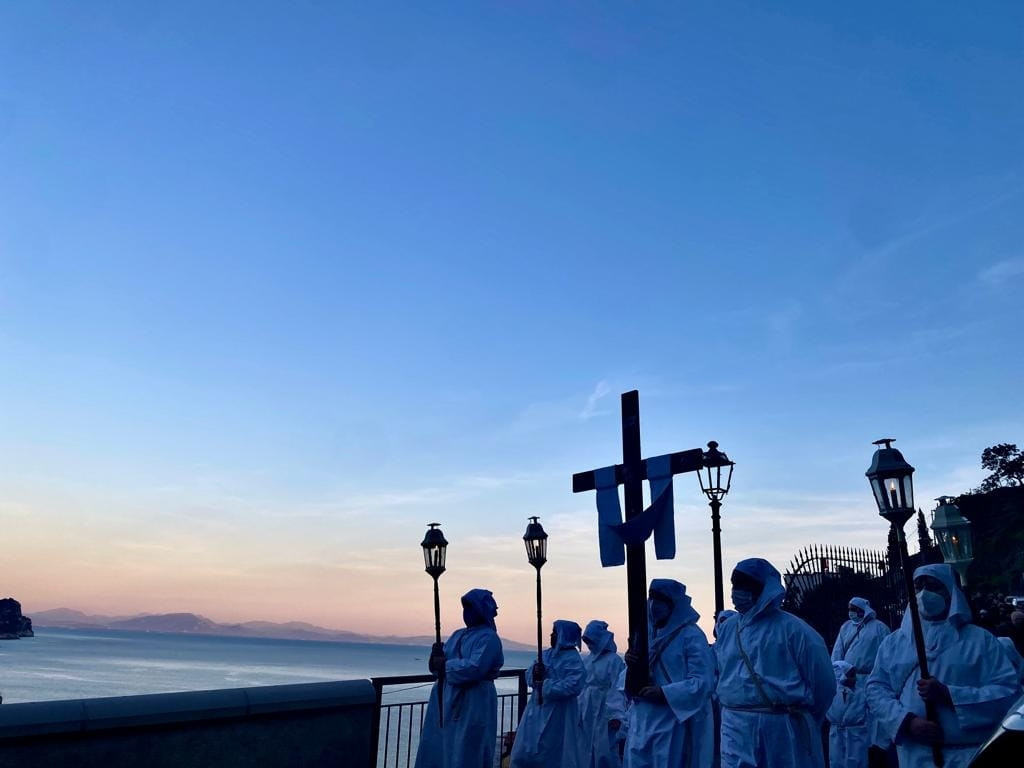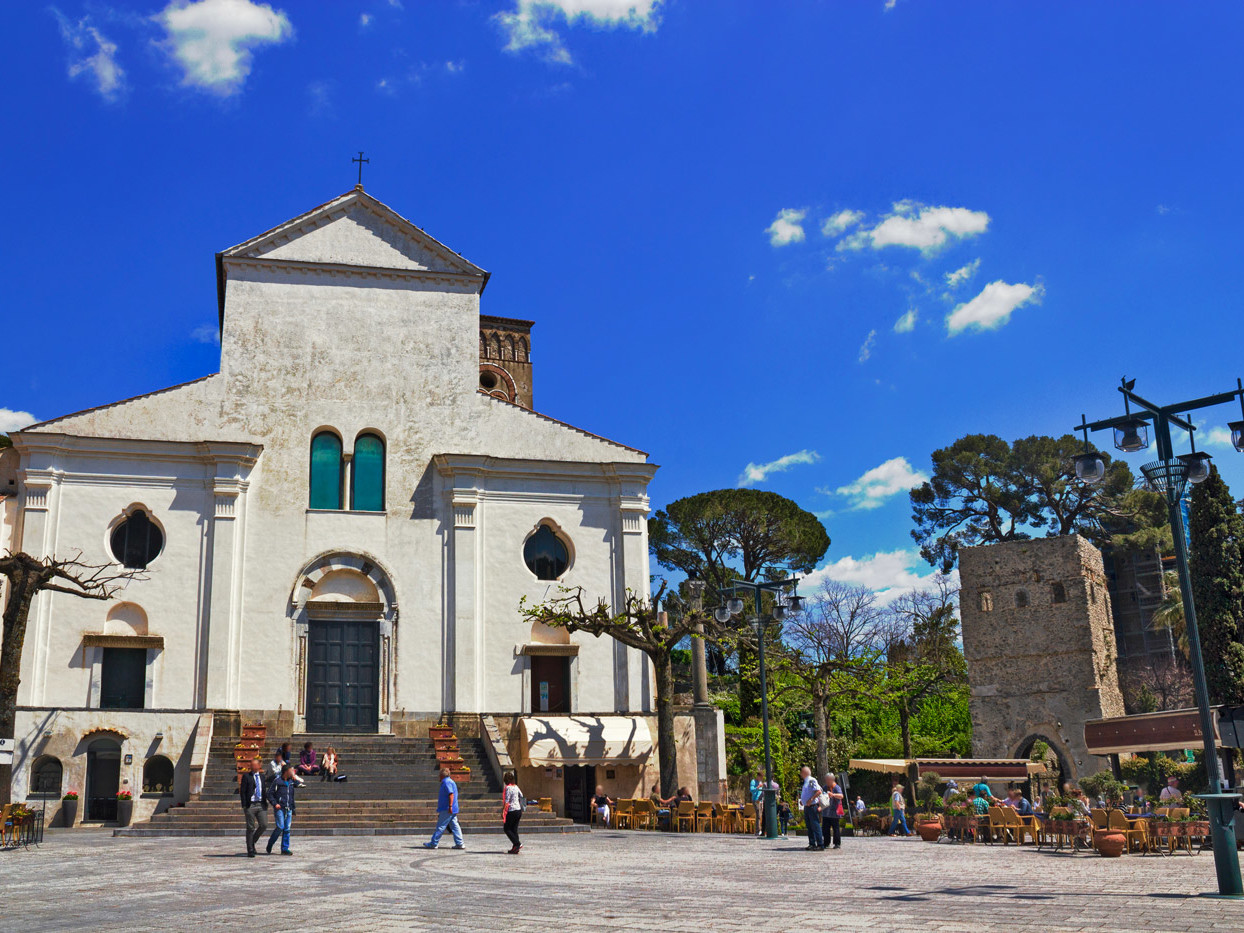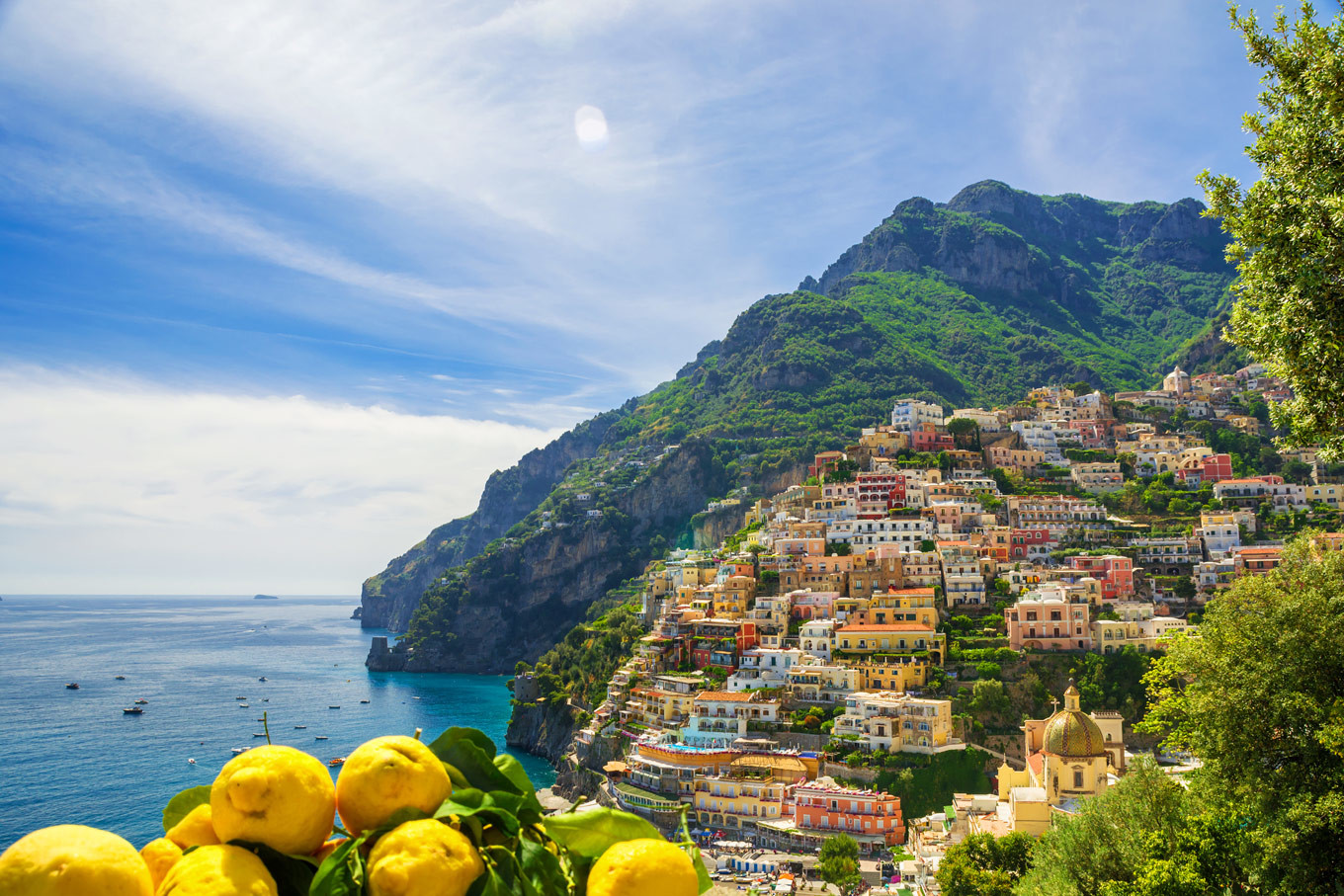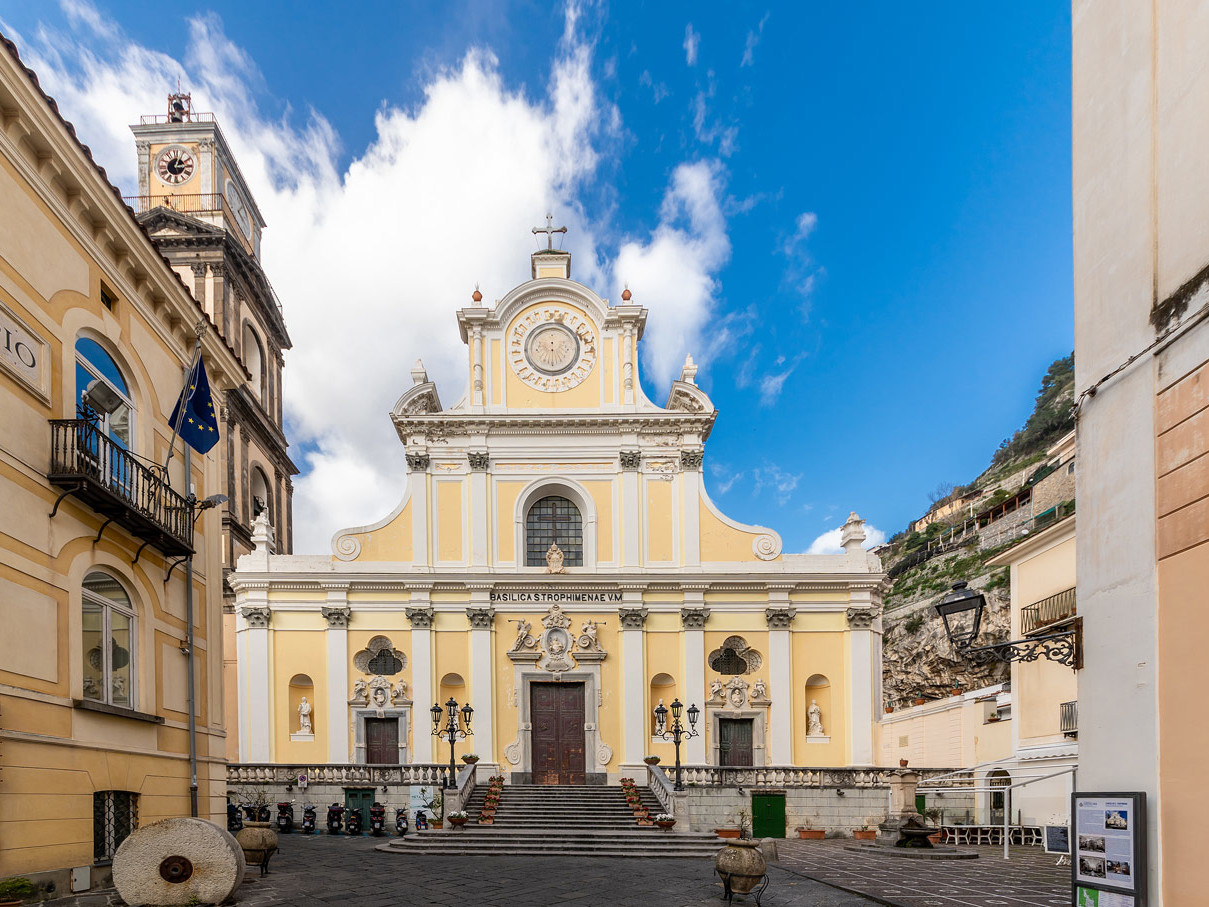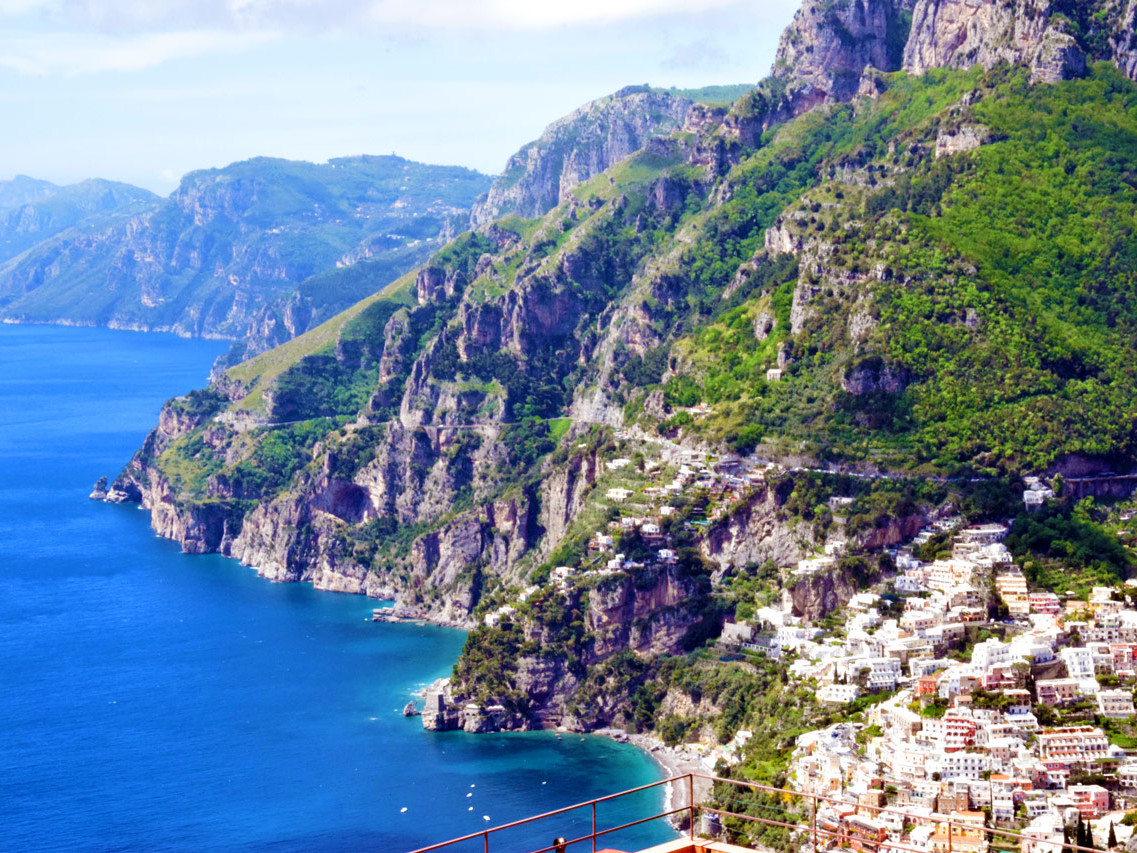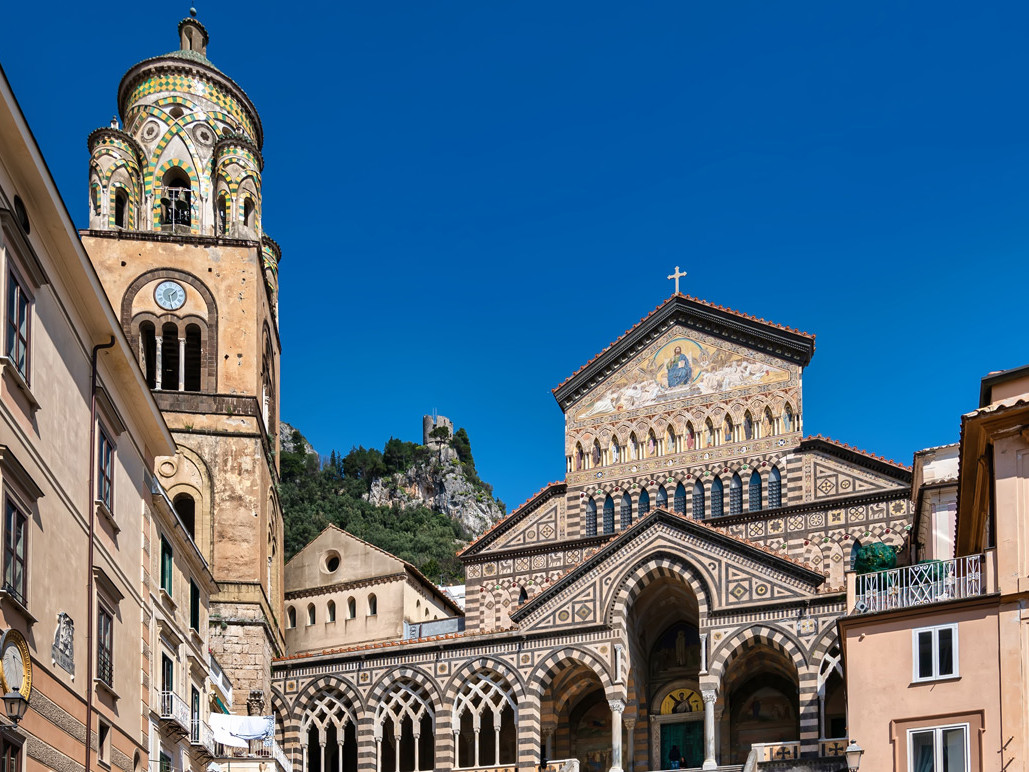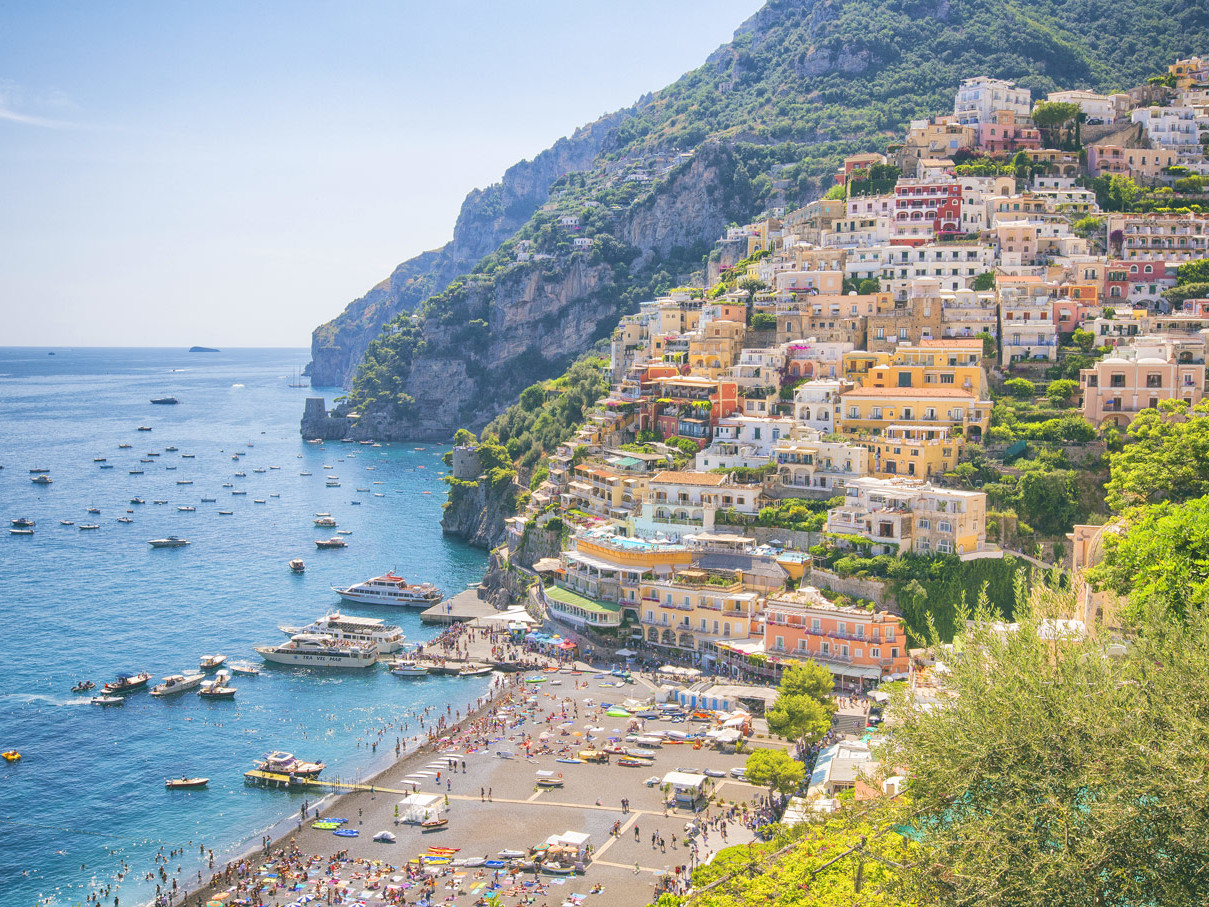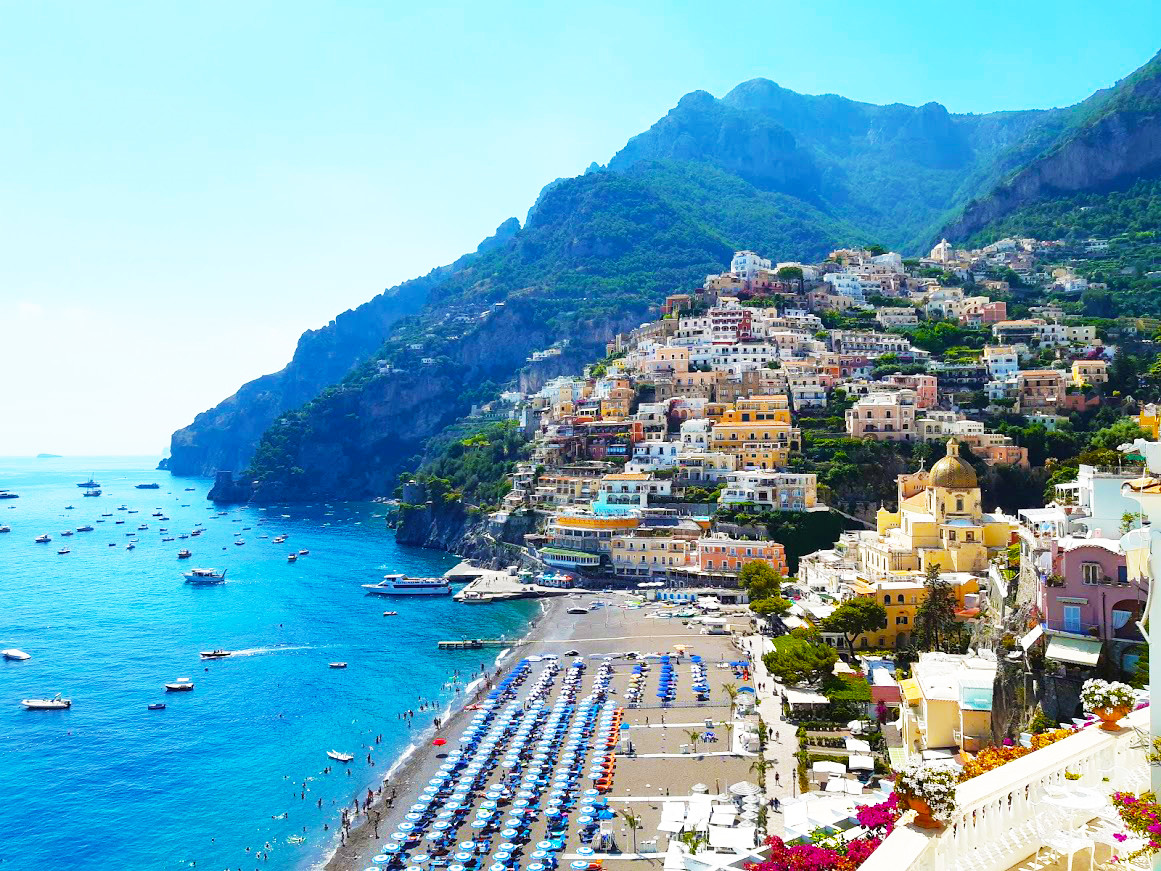SAINT TROFIMENA, THE SOUL OF MINORI
Every town on the Amalfi Coast has a cultural heritage that has shaped the identity of each individual community. The small town of Minori associates its history and tradition with its patron saint, Trofimena, a young Christian martyr who arrived by sea, was welcomed into the hearts of the people of Minori, and became a symbol of the coastal village. In this article, discover the origins of the cult, the legends surrounding her arrival, and the deep bond that still unites the saint with the village of Minori today.
by R. Troiano
The virgin and martyr Trofimena represents a precious treasure around which the community of Minori has formed its cultural identity. The young Sicilian saint, originally from the pleasant town of Patti, was martyred during the third century AD, embracing the Christian faith and renouncing her father's plan to marry her to a local patrician who had asked for her hand.
Her story intertwines with that of Minori only several centuries later, around the middle of the 7th century, when—as local historian Pompeo Troiano recounts—her body was found on the town's beach, preserved in a coffin. From that day on, Trofimena and Minori forged a bond that shaped the entire village, defining the character of its society and traditions.
share this article
The church of Saint Trofimena
A frail body forms the soul of a community
Investigating the history of Saint Trofimena also allows us to outline the structure of the village, which has welcomed and protected her for centuries.
Historian Giuseppe Gargano recounts that “the primitive settlement of Forcella was abandoned at the time of the miraculous discovery of the remains of Saint Trofimena on the beach below.”¹ Minori thus began to grow around the place of worship of the young martyr, gradually becoming a community that identified with the presence and protection of the saint who had arrived from the sea.
A few years after the relics arrived, the Amalfi Coast was invaded by the Lombard prince Sicardo, and so Trofimena's body was transferred to Amalfi Cathedral on the initiative of the city's bishop, Pietro II.
However, the precious treasure did not escape the raids of the Lombards, who invaded and plundered Amalfi in 839. The remains of Saint Trofimena were thus transferred to Benevento by Sicardo “to ennoble his church with the precious relics and provide the city with further divine protection.”²
The saint's return to Minori took place just one year later. With the death of the Lombard prince in 840, a delegation of clerics once again obtained part of the relics. As reported by the scholar Giuseppe Imperato, “at dawn on July 13, the final transfer to Minori took place”³, and the community of Minori still remembers that joyful day when it welcomed back its light, so that it could shine once again on the daily life of its town.
The second discovery: the desire for an encounter
The story of Trofimena continued in the following years, and among the anniversaries engraved in the tradition of Minori, the date of November 27 is significant, when the people of Minori commemorate the second discovery of the relics, which took place in 1793.
During the second half of the 18th century, the town's current basilica was built, modifying the previous structure of the mother church. On the night between November 26 and 27, 1793, some inhabitants of Minori unearthed the altar where the sacred remains had been kept for fear that they would be stolen again and whose memory had been lost over the centuries.
A name denotes its own history and that of a community
Trofimena shaped the history and spirituality of an entire people. Suffice it to say that, in 987, Minori was elevated to a bishopric precisely because of her presence there. Even her name speaks of her connection to the community: etymologically, Trofimena means “she who has been nourished.” This is a symbolic and profound meaning, because the saint dispensed grace to the community to which she was given according to an unknown plan and still nourishes the identity of every Minorese today.
share this article
1. Gerardo Sangermano, Minori, Rheginna Minor. Storia, arte, culture, De Luca editore, Salerno 2000, pag.15.
2. Gerardo Sangermano, Minori, Rheginna Minor. Storia, arte, culture, De Luca editore, Salerno 2000, pag.43.
3. Gerardo Sangermano, Minori, Rheginna Minor. Storia, arte, culture, De Luca editore, Salerno 2000, pag.149.




